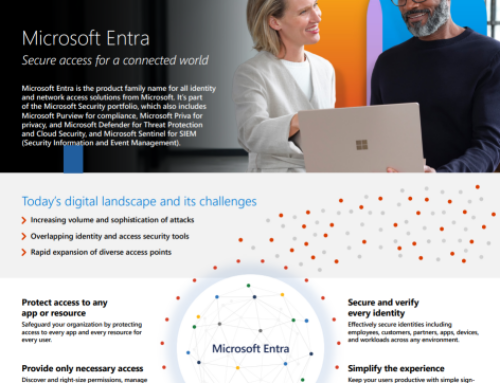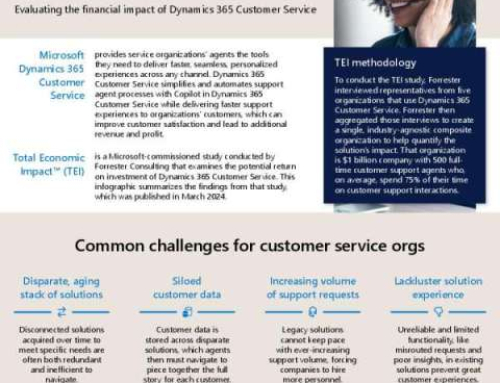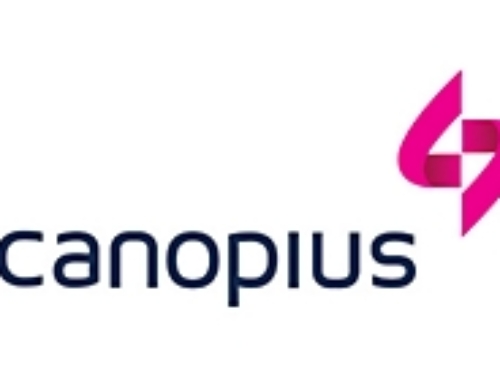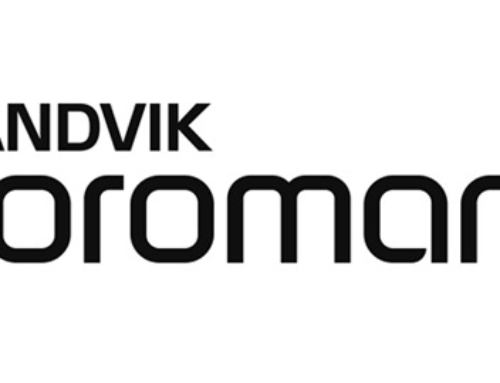Today consumers store more than one-third of their digital content in the cloud. This trend of sharing content and having “from anywhere” access will drive progressively more consumers to store their digital content in the cloud in the coming years.
Also, a recent statistic on big data states that 2.7 zettabytes of data exist in the digital universe today. With a number like this, the service providers seek greater flexibility in data center architecture and control over hardware costs.
Software-defined storage is one way to solve these problems. The software-defined data center architecture enables features found in hardware to the software layer and frees providers from the dependency on server “appliances” with Software tied in.
Furthermore, data centers administrators are beginning to take a closer look at software-defined storage approaches, thereby generating the following benefits:
- Adaptability
Since not all the data centers are the exact, different storage needs will dictate the type of architecture best suited to meet demands. Software-defined storage provides service providers the freedom to customize specific features and Software that best promotes development goals. - Savings
Software-defined storage breaks the relationship between Software and hardware, allowing administrators to purchase lower-cost commodity servers. - Future-Proofing
A software-defined storage approach provides the ability to future-proof their data centers solely due to their response to growing market demands.
Last week, we co-hosted an event on Software-Defined Storage (SDS). Around 150 entrepreneurs and professionals attended! Industry experts demonstrated use cases, contrasted different viewpoints, and answered some of SDS’s most common questions.
Here are some questions our audiences asked the industry expert panel –
1) What is your definition of software-defined storage?
2) All storage is Software Defined; what is different about SDS?
3) Is performance an issue with an SDS solution, particularly in a database or VDI implementation?
4) Is SDS the same as the storage hypervisor? If not, how do they differ?
5) Who are the key players in the SDS space?
6) How does an IT pro get started with SDS?
7) How does SDS address problems like HIPAA compliance?
8) Are there recommended configurations for getting started with SDS?
9) All the media talks about SDS as SAN infrastructure; does it go further than that? What about file and object storage?
10) The prominent storage vendors credit themselves for data reliability and availability; can SDS solutions offer the same data integrity level?
Source Credit: Gartner, DataCenterJournal, and CRN










Leave A Comment